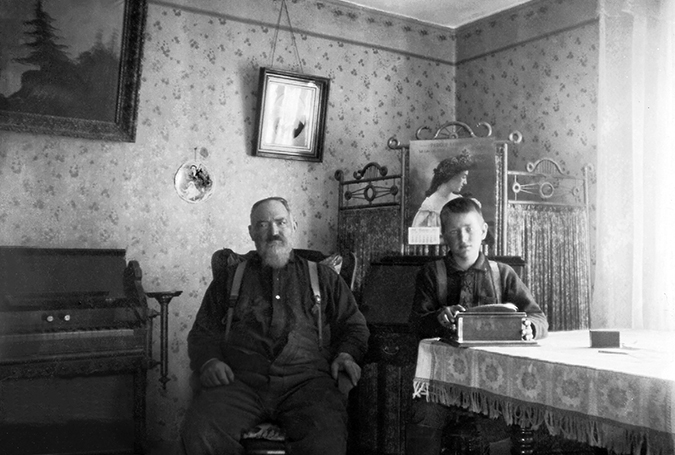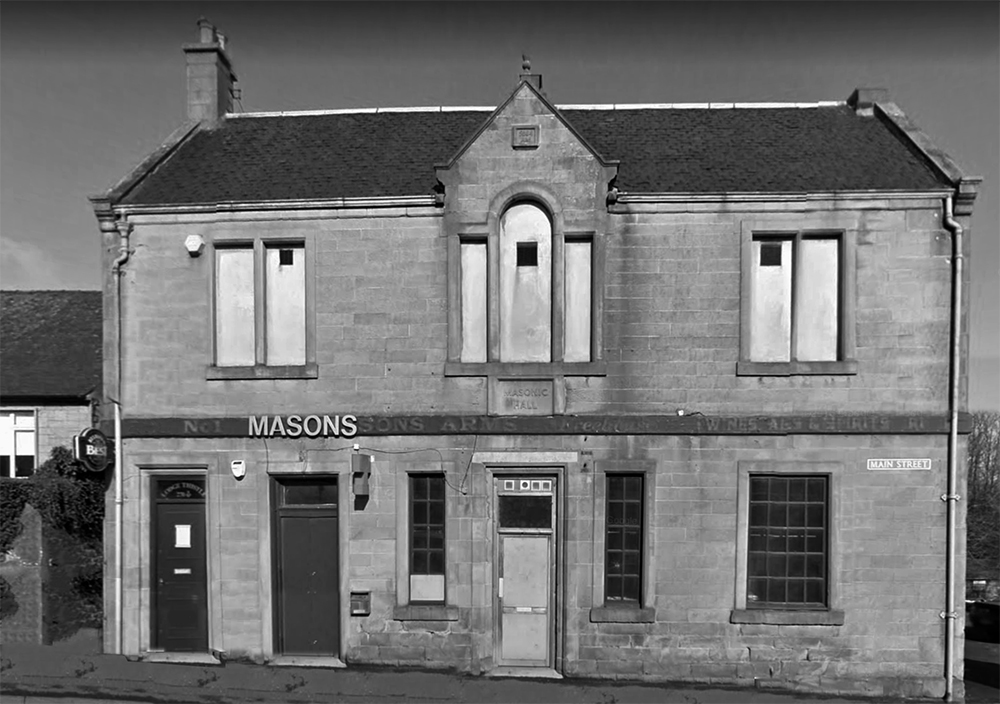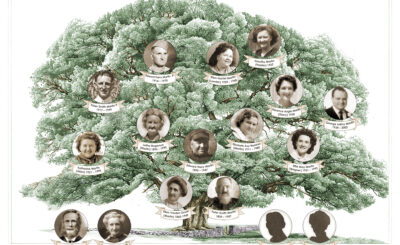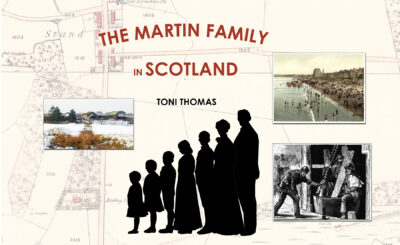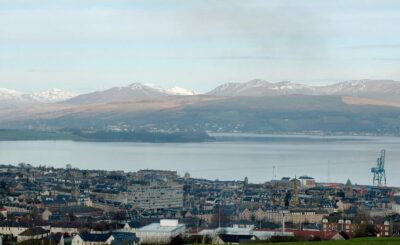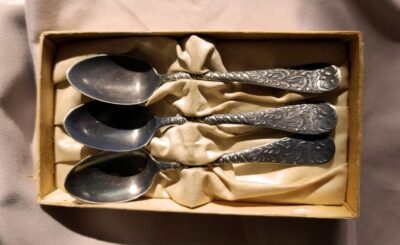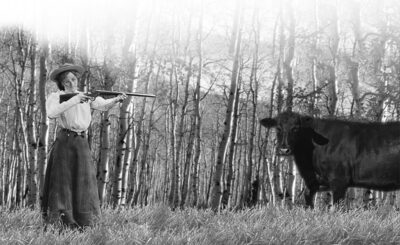Peter Smith Martin grew up in and around Airdrie, Lanarkshire, Scotland, where his father was an ironstone miner in the burgeoning coal and iron industry that fueled the industrial revolution. Peter’s father and mother, William and Jane Rosanna, had immigrated from Ireland in 1839 and joined a growing Irish community in the New Monkland parish. Peter–or Patrick as he was also called then–was the oldest child in the family. Soon five more children followed, including a sister Mary who died as an infant, perhaps due to the 1847 cholera epidemic. Each of the girls was christened in St. Margaret’s Catholic Church in Airdrie.
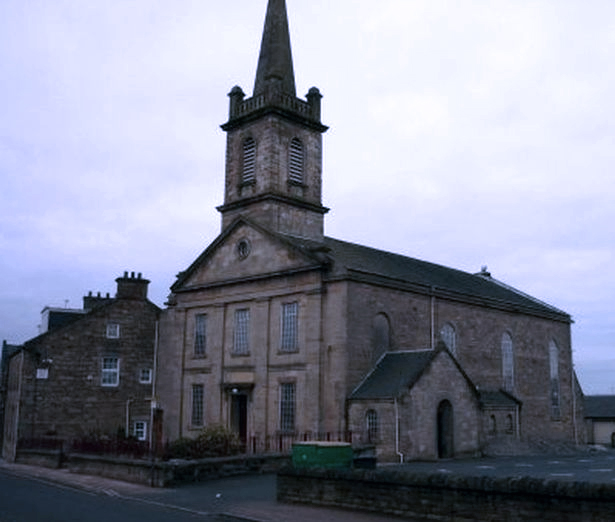
In 1843, reforms went into effect concerning children working underground in the mines. That would keep Peter out of the mines and in school until he was at least 10 years old; afterward he could work part time, which meant no more than 12 hours per day and no more than three non-consecutive days per week. In the summer of 1852, the family was living in the hamlet Stand near Airdrie.
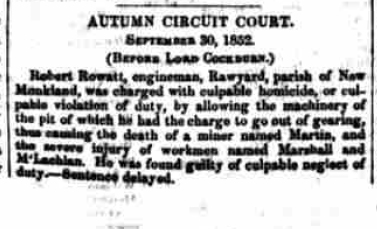
Sadly, Father William was killed in a coal-mining accident on August 23rd as he was going to work the night shift at nearby Rochsholes Pit #4. The cage William was using to descend the 210-foot mine shaft had a mechanical failure, and William plummeted with two other workers to the bottom of the pit. William left his wife to care for five children, from 13-year-old Peter to one-year-old Mary.
Sometime before 1855, Peter’s mother Jane Rosanna also died, and the family was split up. Mary—about two years old when her father died—went to live with their mother’s brother, Thomas Brock, in Portobello, Edinburgh. Thomas and his wife Janet had no children. He worked as a carter in the brick and pottery industry, and Mary also became a pottery worker.
Elizabeth was old enough that she could work as a servant. She went to northern Glasgow where she became a farm and a house servant and later married James McSporran, an engine worker. They had a daughter, Christina.
Peter and William followed in their father’s trade and became ironstone miners in Dalry, Ayrshire, on the western coast of Scotland. Within a few years, the brothers followed the work to West Calder, and both became Freemasons at the West Calder Lodge.
The mining industry was unpredictable, reliant upon the fluctuating price of iron. When in 1867 the price of iron crashed, 40% of miners were laid off and wages were cut across Scotland. That year, Peter immigrated to the United States, with his brother William following two years later. Peter spent some time mining coal in British Columbia, Canada, where he became acquainted with Robert Dunsmuir, who went on to become a prominent businessman and politician in Canada.
Peter and William eventually came to Beaver County in 1871 to prospect for minerals in the newly opened Star Mining District. Discoveries of silver and lead followed, and the two became a mainstay in the Utah mining industry, which blossomed with the development of the Horn Silver Mine and the boomtown Frisco. In its heyday, Frisco was a wild place, with 20 or more saloons and shootouts on a regular basis. Today it is a ghost town.
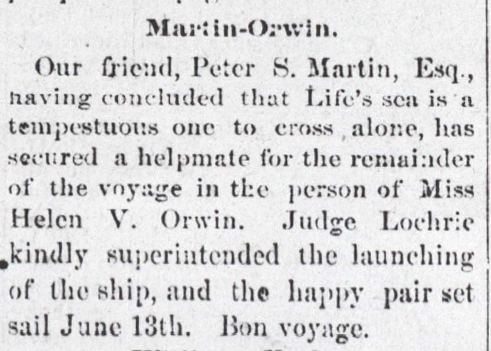
In about 1882, when Reuben Orwin came to Beaver County to visit his brother James’s grave, he stayed on in Frisco to work in the Silver Horn mine. His lovely stepdaughters soon followed and were very well received into the wild frontier town with its shortage of refined women. Peter married Ellen Varden Orwin on June 13, 1884, and they moved to the 400-acre Martin Ranch at Horse Shoe Bend near Milford, Utah. On the happy event, the Frisco Times remarked, “Our friend, Peter S. Martin, Esq., having concluded that Life’s sea is a tempestuous one to cross alone, has secured a helpmate for the remainder of the voyage in the person of Miss Helen [sic] V. Orwin. Judge Lochrie kindly superintended the launching of the ship, and the happy pair set sail June 13th. Bon Voyage.” Ellen’s sister, Mary, was also married by Judge Lochrie to George Hardy six days later.
Peter was often away from home working the mines, and Ellen ran things on the ranch, which helped to supply food for Peter’s mineworkers.
Peter had a strong interest in politics and civic affairs, and was known as “the Sage of Milford” out of respect for his fairness and sound judgment in those volatile political times. He served as a recorder for one of the mining district, was a member of the grand jury, was an election judge and a party delegate, was appointed county assessor, and served as county commissioner for several terms.
In June 1907, not long after his 68th birthday, Peter passed away in Salt Lake City due to kidney and heart maladies. His death was mourned widely, and commented upon in the several Salt Lake City newspapers. “He was brought in from Star district at the end of last week suffering from Bright’s disease and heart trouble,” the Deseret Evening News reported on the day he died. “It was thought he had pneumonia, also. Martin knew he was going to die and did not want to come to Salt Lake for treatment; he wanted to remain at his mines to the last. Although suffering terribly he remained conscious and clear minded, and a half hour before he passed away he told those around his bed, ‘It’s a hard, rough old road and I don’t believe I’ll try to make it’ ” (Wednesday, June 5, 1907, page 6).
Despite Peter’s age and infirmities, he remained to the end a remarkably dynamic and forceful man. The Deseret Evening News account continues:
“Some few days ago Martin drove in a rush to the depot at Milford to meet a man passing through to Los Angeles. In covering several miles of ground he became hot and then caught cold. This brought on complications against which he could not win in spite of the wonderful vitality and strength he displayed while in the hospital” (Ibid.).
The Salt Lake Telegram also gave tribute: “A very honest and capable man was Peter Martin, a most useful citizen until the infirmities of age overbore him. He never did an unmanly act in his life, never wronged anyone, never asked for aught that he did not honestly earn, and his death will cause great sorrow in Beaver, where he lived for a full generation” (June 6, 1907, page 10).
The Salt Lake Herald added, “The death of Peter S. Martin, the veteran Beaver county mining man and prospector … will cause universal regret in Utah mining circles. Mr. Martin had been a prominent figure in the mining field of Beaver for thirty-five years…. Many of the prominent corporations operating in Beaver county have secured some if not all of their ground from or through Peter Martin and whatever the nature of the deal those who have had business with him always found him fair and honest (June 6, 1907, page 6).
Peter Smith Martin was buried in the Milford, Utah cemetery, where many of his descendants have also been laid to rest.
